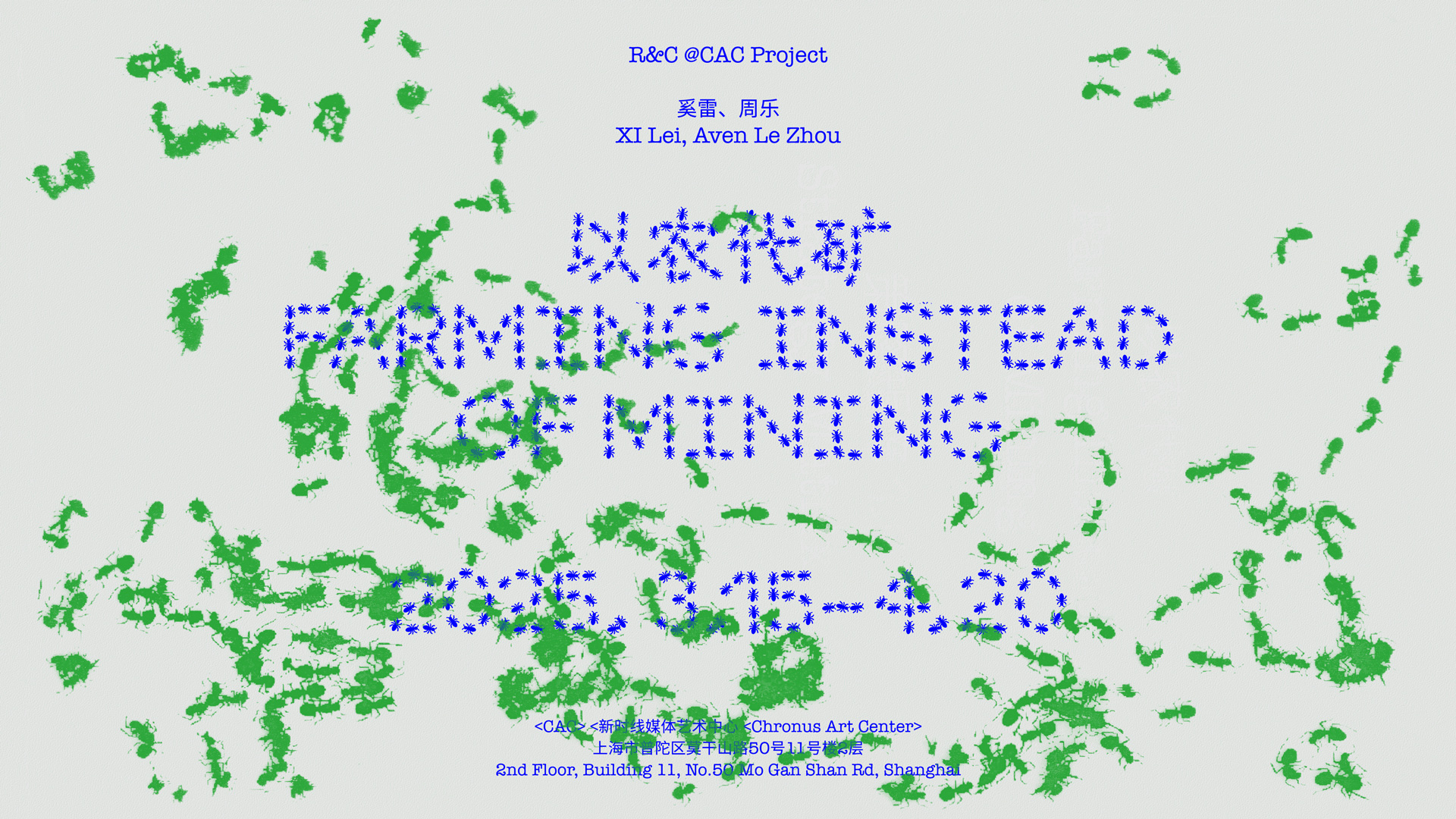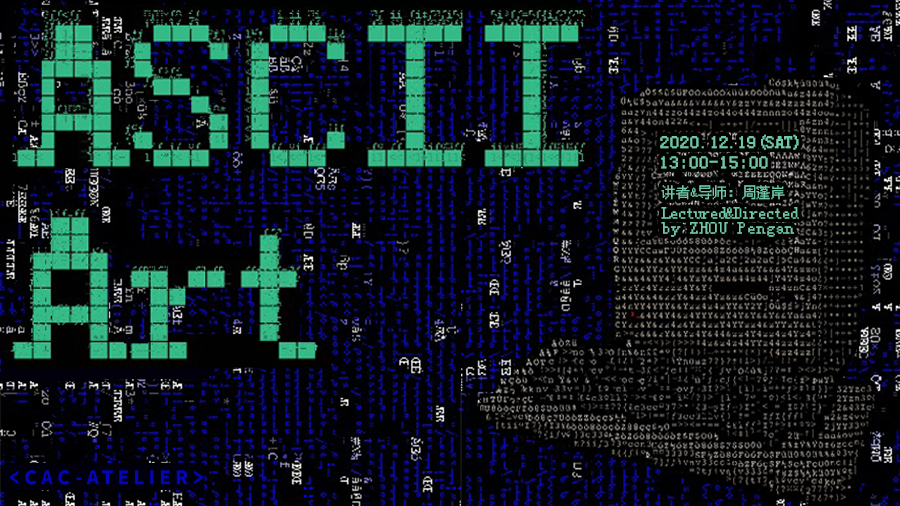Jiang Yuhui
As a commentary, this article is certainly not a neutral and objective one, as I just want to comb through these very good papers with my own clues to generate a collective trend and force among them like the flow of water. This trend is the diagnosis of the current time given by Giorgio Agamben in L’amico, that is, the battle or duel between the apparatus and life; the collective force is the faint hope we want to find in the avant-garde thoughts and artistic experiments, which is the opportunity of rebellion and even the possibility of subversion. Therefore, Brian House’s paper is quite prominent, because it not only clearly presents the dilemma and problems, but also makes an inspiring response to the present by referring to Vito Acconci’s classic works. To cite his brilliant argument, the key question is precisely how to truly become an individual rather than a dividual in the data network when artificial intelligence seems to be infinitely increasing and accelerating. The difference between individual and dividual is that the latter is only capturing the puppets and weights manipulated by machines, while the former retains the potential to break free of the network and keep a distance. In the original description by Acconci, there is still a clear differentiation between public and private; but in the current era, when the private sector has been thoroughly penetrated, monitored and controlled by the data network, how can the “democratic potential” that still exists be activated and released? The work Following Piece reenacted by House seems to present an enlightening idea: since the private sector has long been a fragile fortress, it seems to be a viable strategy to re-weave a collective force in the ubiquitous network. However, in this direction, we will inevitably encounter the theory of Rhizome and the concept of molecular revolution of Gilles Deleuze and Félix Guattari, and will inevitably refer to Antonio Negri and Michael Hardt for their imaginative revolutionary principle about multitude and affect. And as expected, we encounter Jason Rhys Parry’s paper on augmented ecology. However, in all of these theories of ecology derived from A Thousand Plateaus, the sense of fatigue and weakness is growing recently. If the essence of the ecosystem is a pluralistic, heterogeneous, and open connection, then this is precisely the “symptom” of our time rather than the “hope” of it. To cite Andrew Culp, “too many connections” are not a gospel, but a sin. If so, the wise action is not to augment ecology (or rather “ecologies”), but instead to break the connection, reduce the network, and fake “disappearance”.
In this regard, although the remaining articles are not prominent in the critical aspect, they still give different responses to the questions raised by House. Diego Gómez-Venegas and Wang Hongzhe’s theses—though unfortunately not referring to the practice of contemporary art—add a rather important historical perspective. Obviously, history itself is multi-faceted. Therefore, the investigation by Gómez-Venegas from the history of technology and media comes to a divergent conclusion compared to the study by Wang Hongzhe from the history of political movements: the former takes “forgetting” as the key point, and by associating Kittler’s archaeology of media with the historical evolution of cybernetics, reveals a new perspective of “human-machine coupling”; while the latter does not focus on the technology itself, in a thought-provoking way, the author presents the tortuous fate of “Western scientific thoughts” such as cybernetics in the changing modern Chinese political sphere. In this respect, “forgetting” can actually be used as a connecting point for these two seemingly irrelevant articles. Gómez-Venegas’ detailed historical research is excellent, but it is always ambiguous and erratic at a core point, which is the essential difference between the mechanism of “forgetting” and “erasing”. “Forgetting” is basically an activity of the subject itself. From a passive perspective, it reveals the limitedness of human cognition, but from a positive perspective (such as in Friedrich Nietzsche’s “On the Advantage and Disadvantage of History for Life”), it reflects the creative resistance of human beings. It is an important characteristic of being human to be able to forget and to be willing to forget. In Nietzsche’s words, forgetting is a “healthy” state of human beings. But on the contrary, we will not use the word “forgetting” to describe and define the storage capacity of the machine. Admittedly, in the machine’s storage system, the information being “erasable” is also a key feature, but this is fundamentally in conflict with—not consistent with—the ability of the active/passive “forgetting” of the human being as a subject. It is in this sense that “forgetting” can become an important motivation of resistance, instead of a mere historical link as what Gómez-Venegas describes. Wang Hongzhe’s retrospective review of the social and political history gives a very powerful response: it is impossible to see the truth of “forgetting” purely from the historical context of technology and media. Often, the action of “forgetting” is not carried out by machines, but by more complex socio-political forces, and when the forces of machine and politics collude together, they may lead to a more gloomy future. In this regard, the papers by Martinez de Carnero and Patrica de Vries profoundly explain the status quo of art, only to present two completely different prospects: the former’s keynote is optimistic, trying to create fresh inspiration for artistic experiments from the method of “improvisation” in avant-garde music; the latter is the opposite, trying to present the “sublime” horror of big data networks in an artistic way that leads to a moving and tragic end of life. I am more inclined to the latter’s position, because when we no longer hold onto hope, perhaps despair will turn into a real, practical resistance.




